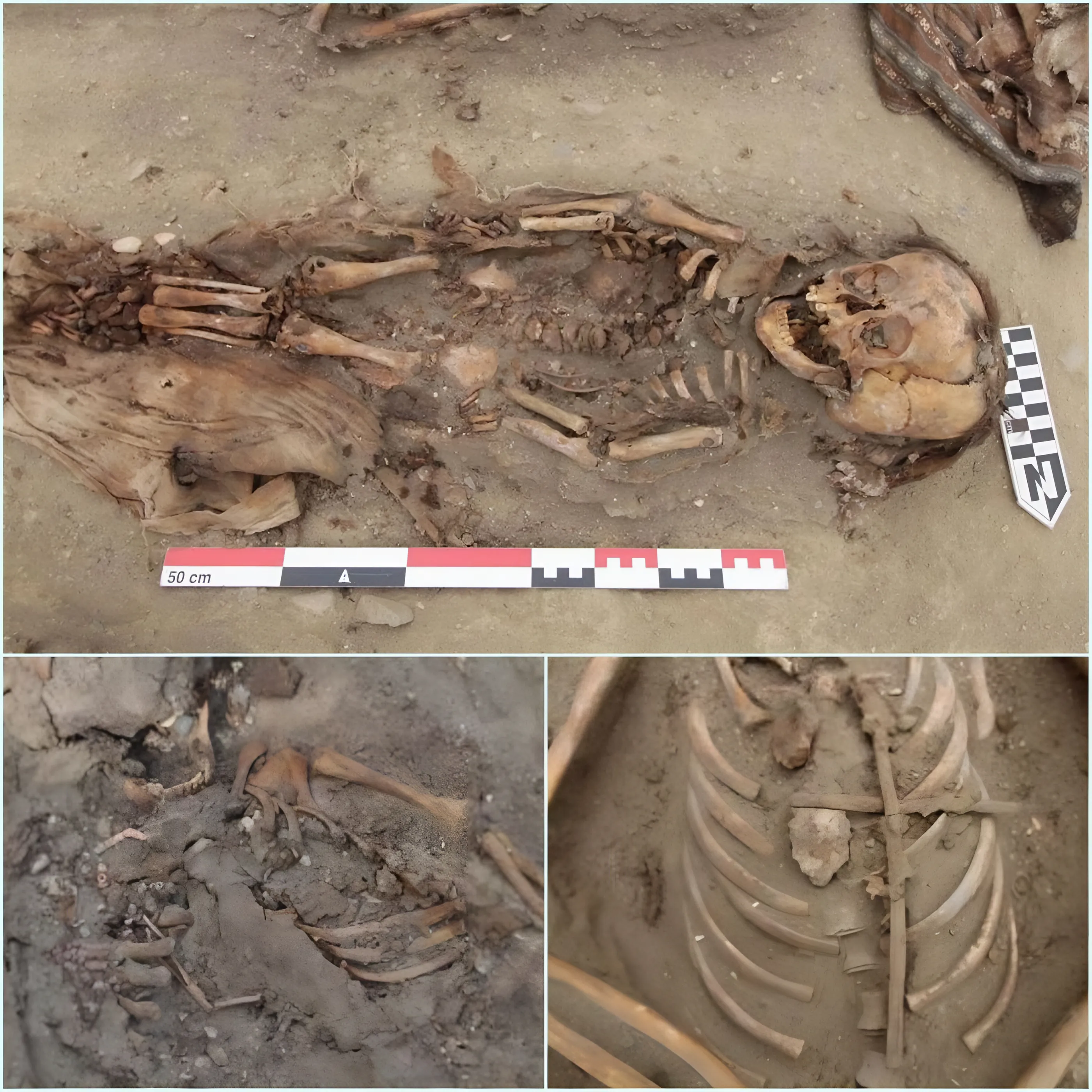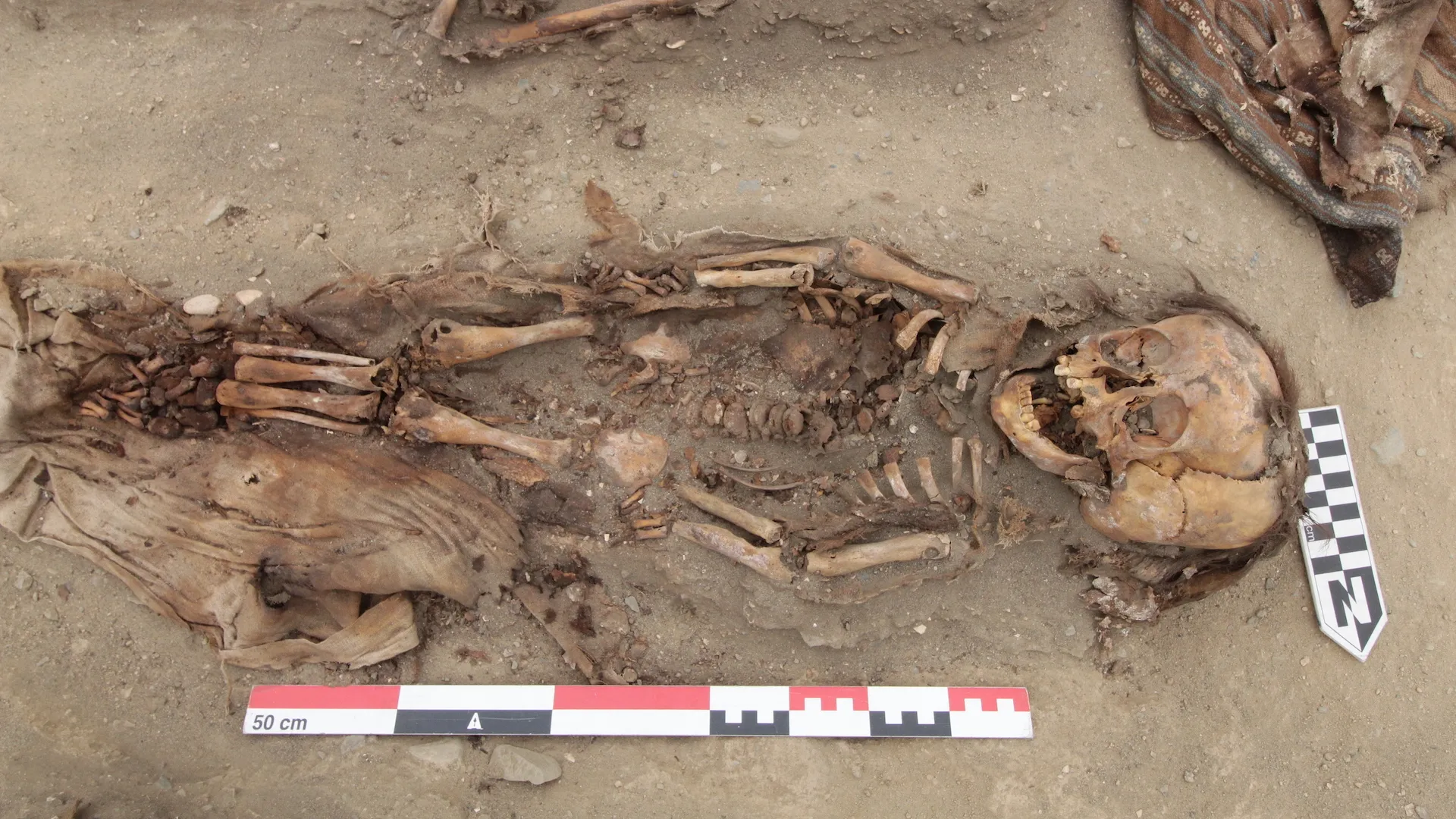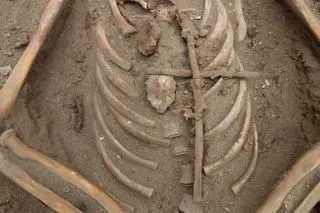
Archaeologists have uncovered evidence of smallpox in the remains of two toddlers buried in a 16th-century cemetery in Huanchaco, a small fishing town on the northwest coast of Peru. This cemetery, associated with one of the earliest colonial churches built by the Spanish between 1535 and 1540, contained 120 burials representing the early-colonial population. Notably, 75% of these burials were children, with 67% of them aged 5 years or younger. This high prevalence of child burials suggests a novel disease affecting a particularly vulnerable segment of the population with developing immune systems, according to the researchers’ study published in the June issue of the International Journal of Paleopathology.

The study focused on the remains of two children who were approximately 18 months old at the time of their deaths. Their skeletons exhibited numerous destructive lesions in joints such as the shoulders, elbows, wrists, hips, knees, and ankles. These lesions, characterized by moth-eaten holes, are consistent with osteomyelitis variolosa, a bone infection triggered by the smallpox virus.

This discovery marks the earliest known instances of osteomyelitis variolosa in South America. Given the frequent smallpox outbreaks following European contact, the study suggests that many archaeological cases of smallpox in children under 5 years old may remain unidentified, with skeletal changes indicating infection rates ranging from 5% to 20%.





